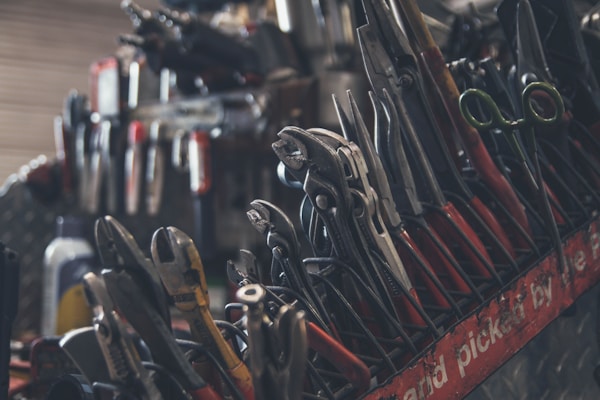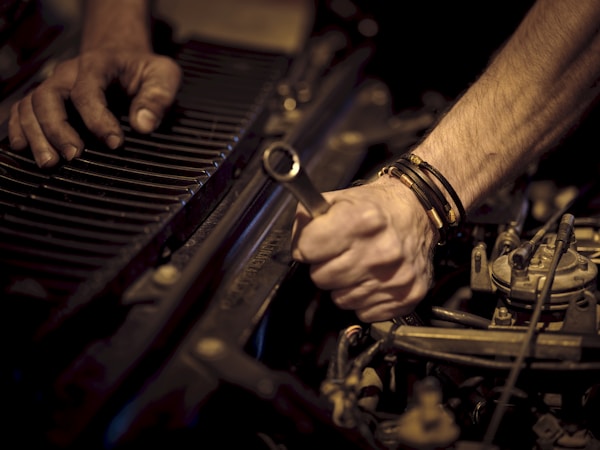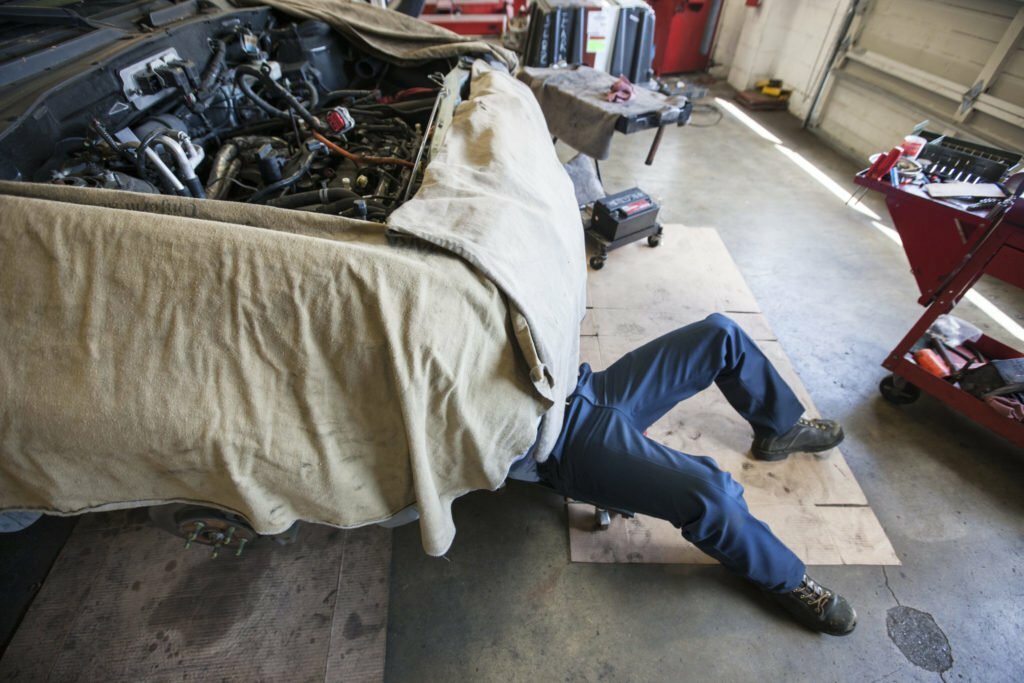Once you complete a collision repair program, you will be awarded a collision repair certificate. After you receive the certificate, you can use your skills to work as a collision repair technician. But what is required to obtain a certification? Keep reading to learn more about collision repair and collision repair certificates.
What is collision repair?

When someone gets into a collision, they take their car to a reputable repair shop for collision repair services. Collision repair is restoring a vehicle in a crash to its pre-collision state. Repair involves repairing or replacing the vehicle’s bodywork, frame, and other components. Collision repair jobs are some of the most challenging and rewarding work in the automotive industry. They require a high level of skill and expertise and an understanding of the latest technologies and repair methods.
For someone to become even more skilled in collision repair, they must attend a certification program. After attending a collision repair program, the collision repair students receive a collision repair certificate, which certifies them to work as collision repair technicians.
What is collision repair training?

Students in collision repair programs learn a plethora of information about vehicle repair. One of the first topics students study in the program is the history of the car repair industry. The history of the car repair industry consists of knowledge about the different types of cars made over the years and how to repair them. They also learn about the various tools and materials used in car repairs. For example, students will know how to use welding tools, cut and shape metal parts, use paints and adhesives, and repair plastic parts.
Collision repair students also learn about safety procedures, environmental regulations, and the business aspects of the car repair industry. Learning about various safety procedures allows collision repair students to avoid injury and work safely in a shop environment. Some environmental regulations course topics include properly disposing of hazardous materials and protecting the environment. The business aspects of the car repair industry consist of discussions about marketing their services, pricing their work, working with insurance companies, and learning how to file a claim.
How do collision repair technicians repair cars?
Collision repair technicians use various techniques to repair cars in collisions. The first step is to assess the damage to the vehicle and determine the best way to fix it. They may need to remove the bumper or the entire front end of the car to get to the damaged area. The technician will then replace the damaged parts with new or repaired ones. They will also paint the repaired area to match the rest of the car.
If the car is badly damaged, the technician may have to rebuild the entire car. Rebuilding the car is very time-consuming, but it is the only way to ensure the vehicle is safe. Once the repairs are complete, the collision repair technician will test it to ensure it is safe to drive. They will check the brakes, fluid levels, and other vital components. If there are any safety concerns, the technician will address them before allowing someone to drive the car.
The next step is to reset the car’s computer. Resetting the car’s computer is necessary so that the vehicle can operate properly after the repair process. Once technicians identify the correct reset procedure, they will gather the required reset tools and equipment. In most cases, they use a screwdriver, a jumper wire, and a computer. The reset procedure varies depending on the make and model of the car.
However, in most cases, the technician locates the computer’s reset button on the dashboard or under the hood. Then, they press and hold the reset button for a few seconds. Next, the technician starts the car and checks to ensure that all the systems are working correctly. If the car functions properly, the technician’s job is complete.






